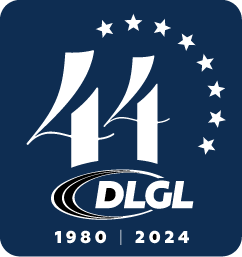Waves, Waves, Waves.
Why abandon your ability to move and adapt to the next wave?
History, as the saying goes, has a way of repeating itself. In the industry of things related to computers, the waves are relatively short; we have always suspected the time span to have something to do with the amortization period in the books of their costs…
From service bureaus to internally owned mainframes and software development, to packaged applications all the way to ERP, the nec plus ultra of packaged applications from a single supplier.
Since that wave was unmanageable, the wind went to handing the problem over to others. Various flavors of Outsourcing (somebody else runs the infrastructure) , ASP-Application Services Providers (somebody else supports the applications), to BPO-Business Process Outsourcing (somebody else uses the application in executing the Function), to now the current greatest: SaaS-Software as a Service, the same you-use-it as ERP, but now it is going to be easy: no up-front costs for licenses, pay-as-you-go, somebody else owns the assets, and you can start using it tomorrow around 1:00 p.m.).
One major glitch resides in “somebody else owns the assets”, such as the minor details of security, non-integrated off-site silos, lack of flexibility in scope, tight rules on access to data you own, one-size-fits all limitations on anything (bringing humongous implementation costs to service the specific needs), captive-client situation with no real exit option (all you own is raw data, comma delimited), excessive supplier pricing power.
This led to a lot of resistance and offerings where the keywords are Private Cloud, Single Tennant, Hosted Private Cloud, In-House Private Saas, etc. Complete confusion.
No doubt why majority of Saas instances are Private.
With DLGL’s usual aim to be the best supplier for each client, not the supplier with the most clients, a perfect choice is offered:
- VIP Private Saas on the Public Cloud (Azure or other), called SoC. DLGL manages everything.
- VIP Private Saas on your own infrastructure , called PRI. DLGL manages the application for you.
- You already own VIP on-premise (ONP), you can convert to PRI or lift and shift to SoC.
- You made a choice and don’t like it, you can revert back, perfect fluidity between ONP, SoC, PRI.
Same VIP application perfectly fitted to your needs, not to the size that fits all. Completely unique offering.
What will the next wave be? Why go all-in on full out multi-tenant one-size fits all Public Saas and lose all your options in the future? With a stack of unstructured comma delimited data and a pile of interfaces to a one-size-fits-all proprietary world, where do you go? How do you move? …pricing power and expectations denial to be expected…
There is no payback for this huge risk. Assuming risks without payback is not a winning strategy. Keeping options open is.


